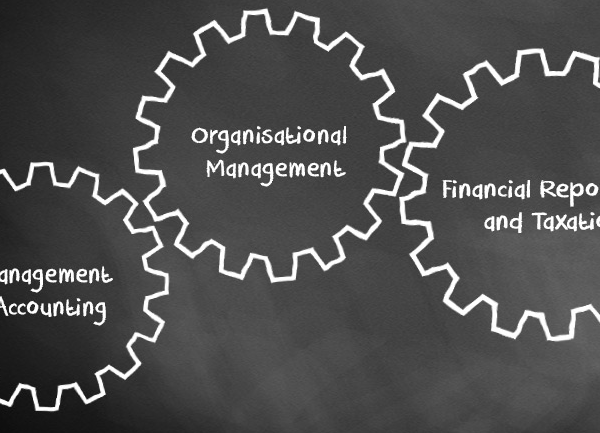Course Description
Begin working towards earning one of the most popular business finance qualifications with the CIMA Operational Level course. Providing the foundation for intermediate and advanced CIMA qualifications, the Operational level course helps finance professionals understand short-term finance strategy.
The CIMA Professional qualification comprises three pillars of domain knowledge divided into three levels of achievement, of which Operational is the first. This qualification helps finance professionals develop decision-making and management skills, build expertise in technical accounting and define business strategy based on financial principles.
The CIMA Operational Level course is best suited to:
- Finance professionals who want to improve their understanding of short-term management accounting principles.
- Experienced finance professionals who want to earn a globally-recognised qualification.
- Finance professionals who need to achieve the CIMA Professional qualification.
- Individuals who would like to cross-train for a new career working in management finance.
Using a collection of simulations, the CIMA Operational Level course is delivered online, so that contents are available anyplace anytime, allowing students to refer to materials as they work.
The CIMA Operational Level course also grants access to the social networking platform where delegates can ask questions or share their real world knowledge and experience of the techniques being taught. Upon completion of the course students will not only have mastered the CIMA Operational Level, but they will also be fully prepared to sit the Operational Level exam.
Key Learning Points
The CIMA Operational Level course is divided into three sections, each with a separate focus to ensure that students get a balanced understanding of management accounting. Using materials approved by the Chartered Institute of Management Accountants, learners will cover:
E1 – Organisational Management
Focusing on organisational structure, this module introduces a number of basic concepts including:
- The finance function within a business and the ethical codes by which finance workers are bound.
- The information systems used to assist with management accounting.
- Internal processes including operation management, quality control, marketing and human resources.
P1 – Management Accounting
An introduction to understanding and analysing business costs to make better strategic decisions in the short term. This includes:
- Using approved mathematical functions to create workable budgets.
- Defining costs using absorption, marginal and activity factors, and performing variance analysis.
- An introduction to the concept of decision theory and linear programming.
F1 – Financial Reporting and Taxation
Financial reports are crucial to assessing current performance and accurately predicting future trends. They are also essential for meeting taxation requirements. The F1 modules cover:
- Preparing financial statements for a single company.
- Producing a group accounts consolidated statement of financial position.
- Defining and reporting assets.
- Understanding taxation standards.
- Managing cash, assets and inventories for the greatest financial benefit.
Each module of the CIMA Operational Level contains a number of sections – the listing above is a very brief overview of what students can expect.
Advantages of this course
The CIMA Operational Level qualification is the first step to achieving CIMA Professional status. By completing this course students will master many of the fundamental principles of management accounting, providing them with the skills they need to begin making strategic financial decisions.
Other benefits of completing this course include:
- A better understanding of corporate financial standing.
- A greater appreciation of business processes and how they are affecting company profitability.
- The skills required to make improved decisions regarding pricing and pricing strategy.
- Improved reporting skills, allowing finance professionals to better understand corporate performance.
- Deeper insight into tax implications.
- Full preparation for the CIMA Operational Level exam.
- A collection of valuable skills that will help broaden the student’s employment options.
The CIMA Operational Level course is a mandatory first step towards achieving CIMA Professional status and the benefits that that gold standard qualification attracts. Students will need to complete both the CIMA Operational Level course and examination before they can move on to the CIMA Management Level training.






